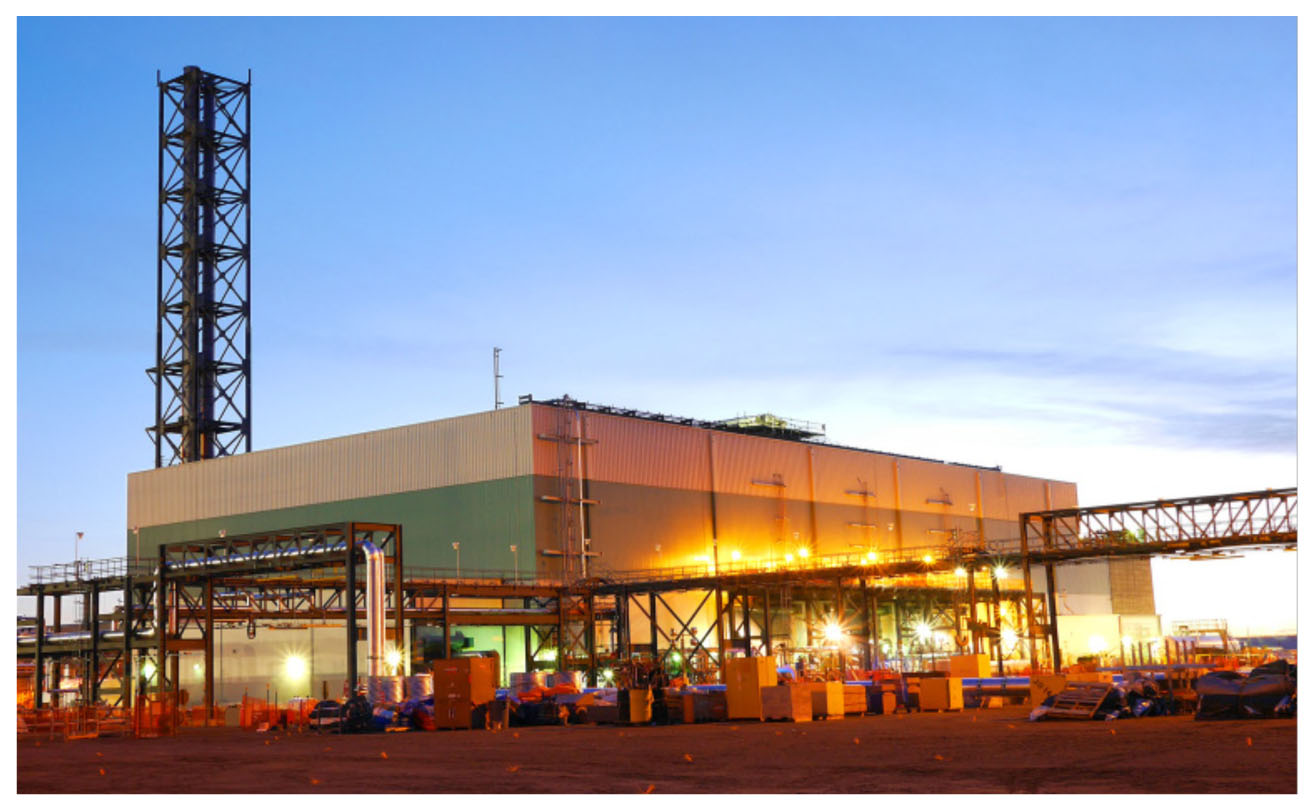
ARLINGTON, VA — After earlier trouble scrubbing liquid radioactive waste down to levels acceptable for solidification, the Hanford Site has produced more than 550,000 gallons of compliant waste, a federal official said here at an industry gathering.
That is the beginning of a batch of roughly 800,000 gallons of compliant waste that the site wants to have ready by this time next year, when the Bechtel National-build Waste Treatment and Immobilization Plant is supposed to begin turning some of Hanford’s less radioactive liquid waste into stable, glass-like cylinders using a process DOE calls Direct Feed Low Activity Waste treatment.
Matt Irwin, DOE acting assistant manager for the Waste Treatment Plant, provided the current and projected volume of compliant waste in a presentation here Tuesday to the National Cleanup Workshop, an annual gathering of contractors who clean up shuttered nuclear weapon sites for DOE’s Office of Environmental Management.
There is about 56 million gallons of liquid waste at Hanford, leftover from Cold War plutonium production for nuclear weapons and stored in an expansive network of underground tanks.
Previously, workers at the Hanford Site had trouble with waste treated by the Tank Side Cesium Removal (TSCR) system, which is supposed to purge low-activity waste of radioactive cesium that cannot be treated at the Waste Treatment Plant.
TSCR opened in 2022 and since then, according to DOE, has mostly worked as intended. However, in 2023, the agency said that early TSCR batches contained slightly too much cesium to be treated at the Waste Treatment Plant, a problem officials attributed to a coating of the gamma-emitting isotope that had been stuck to the walls of tank AP-106, in which TSCR-treated waste is stored while it waits to be fed into waste into the Waste Treatment Plant.
The Direct Feed Low Activity Waste portion of the Waste Treatment Plant will treat only some of Hanford’s less radioactive liquid waste. The rest could be disposed of by solidifying it in concrete-like grout and shipping it off site for disposal.
DOE is supposed to build another waste treatment plant to treat Hanford’s more dangerous high-level liquid waste, though the agency has not said when it plans to break ground on that long-delayed facility.